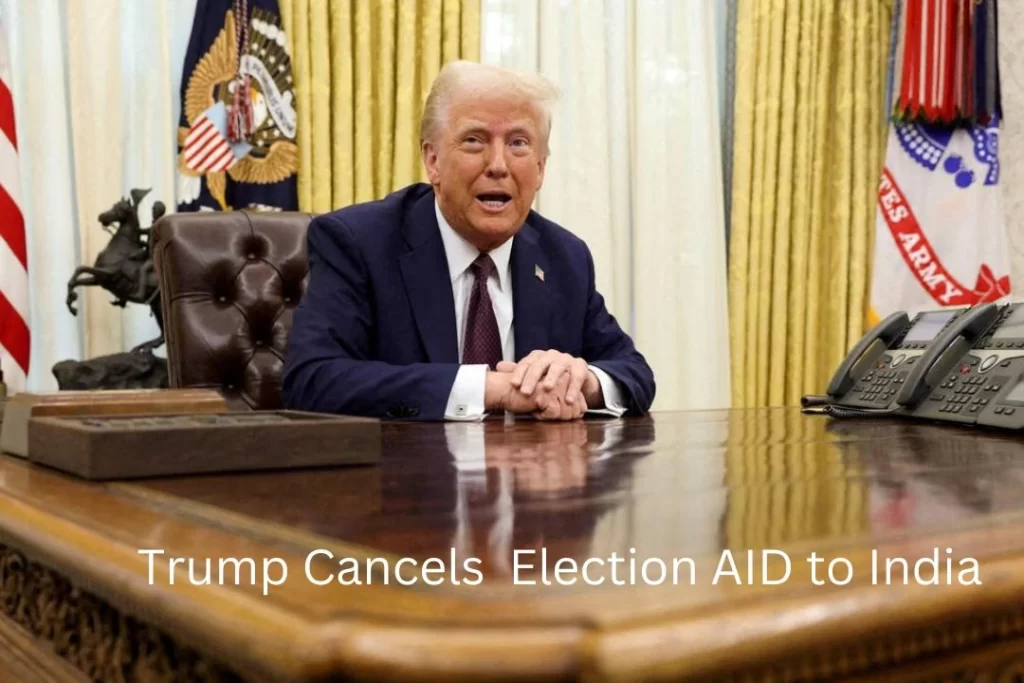The recent cancellation of the $21 million U.S. aid by Trump intended to boost voter turnout in India has sparked significant debate regarding its distribution and implications.
There is no concrete evidence to suggest that the $21 million aid was directly distributed to any national political parties in India. The funds were allocated to the Consortium for Elections and Political Process Strengthening (CEPPS), a coalition funded by the United States Agency for International Development (USAID). CEPPS collaborates with various organizations to promote democratic processes globally. In India, CEPPS has partnered with entities like the International Foundation for Electoral Systems (IFES). In 2012, the Election Commission of India (ECI) signed a Memorandum of Understanding with IFES to enhance democratic institutions and electoral processes. This collaboration aimed at facilitating knowledge exchange and capacity-building initiatives. Former Chief Election Commissioner S.Y. Quraishi clarified that the MoU with IFES involved no financial obligations, stating, “The MoU, in fact, made it clear in black and white that there would be no financial and legal obligation of any kind on either side.”
Specific data detailing the distribution of the $21 million aid in previous Indian elections is not publicly available. The nature of such funding typically involves support for civil society organizations, voter education programs, and initiatives aimed at strengthening electoral processes, rather than direct financial support to political parties. The lack of transparency in the allocation and utilization of these funds has been a point of contention, leading to calls for thorough investigations into the matter.
Direct Benefits of This Aid to the USA
The United States’ investment in promoting democratic processes abroad, including the $21 million allocated for voter turnout in India, is often viewed as a strategic move to foster democratic values and stability in key regions. Such initiatives can lead to the establishment of governments that are more transparent, accountable, and potentially aligned with U.S. interests. By supporting democratic institutions, the U.S. aims to create environments conducive to economic partnerships, regional stability, and the promotion of human rights, which can, in turn, enhance its geopolitical standing and security interests. However, the effectiveness and reception of such aid are subjects of ongoing debate, both within the recipient countries and among international observers.
In summary, while the $21 million aid was intended to support democratic processes in India, there is no evidence to suggest direct funding to national political parties. The exact distribution of these funds remains unclear, underscoring the need for greater transparency in such international aid initiatives. The United States’ rationale for this aid aligns with its broader strategy of promoting democracy to foster global stability and protect its interests.





